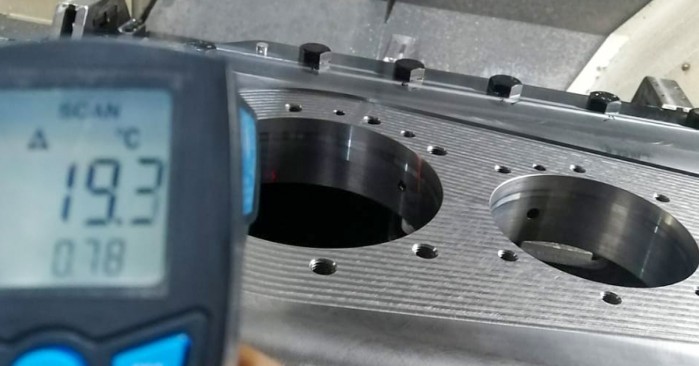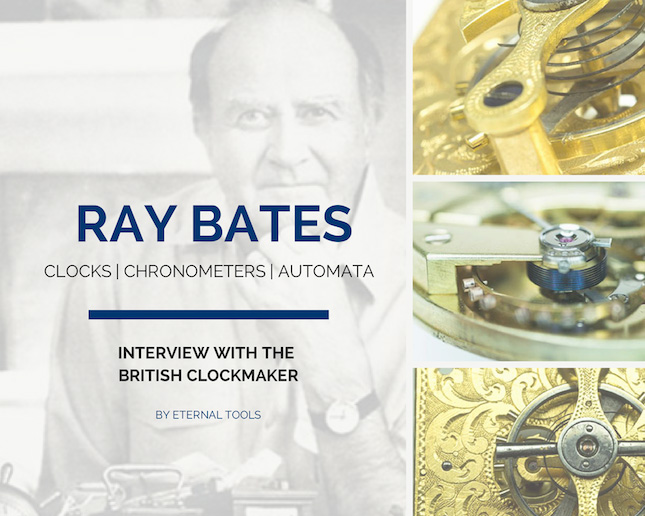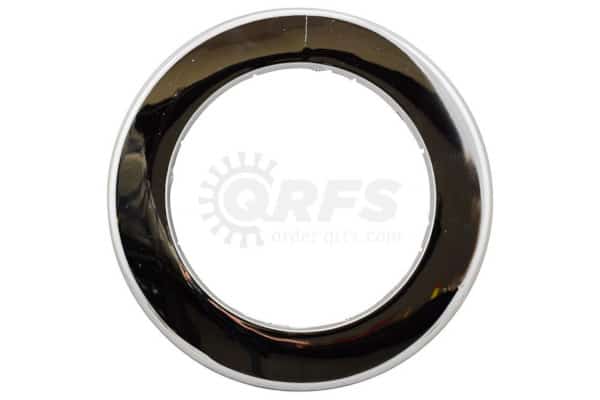Using Ergonomic and Automotive Casters
Navigating the world of casters can be a fascinating journey. Two significant types that stand out for their unique applications and distinct features are ergonomic and automotive casters. Both are essential in their respective fields but vary considerably in their design and functionality.
Understanding Ergonomic Casters
Ergonomic casters, as the name suggests, prioritize human well-being and ease of use. Designers craft these casters to minimize physical effort and discomfort, thereby enhancing productivity and mitigating health risks associated with manual labor. They typically stand out for their smooth rolling, easy maneuverability, and exceptional responsiveness to user control.
A prime example of ergonomic casters in real-life is found in hospital settings, where medical carts with ergonomic casters are used. These carts need to move smoothly and quietly without causing strain on the healthcare workers or disturbance to the patients. Similarly, in supermarkets, shopping carts equipped with ergonomic casters allow customers to glide effortlessly down aisles, handling the weight of their groceries with minimal effort.
Automotive Casters: Designed for Durability
On the other hand, engineers design automotive casters for toughness and durability to bear heavy loads and endure the rigors of the automotive industry. These casters often face challenging conditions, including high temperatures, chemicals, and heavy impacts.
Consider the example of automotive repair shops, where mechanics use tool carts fitted with automotive casters. These casters must endure substantial weight and frequent movement without compromising on stability. In automobile manufacturing plants, they often move heavy parts and assemblies on platforms equipped with automotive casters, capable of withstanding the weight and the wear and tear of an industrial environment.
A Comparative View
Though ergonomic and automotive casters may seem similar — they’re both wheels designed to aid movement after all — they serve different purposes and possess distinct features. Ergonomic casters are all about minimizing user strain and maximizing comfort, suitable for environments like hospitals, offices, and supermarkets. Automotive casters, conversely, are all about toughness and durability, designed to stand up to heavy loads and harsh conditions found in automotive or industrial settings.
The Significance of Caster Selection
In conclusion, we cannot overstate the importance of choosing the right caster type. Whether you choose an ergonomic caster, designed for comfort and ease of use, or an automotive caster, built to endure heavy-duty applications, this decision significantly influences efficiency, productivity, and user well-being. As we continue to recognize the value of specialized tools in diverse industries, the unique roles of both ergonomic and automotive casters become increasingly evident in enhancing our work environments.


